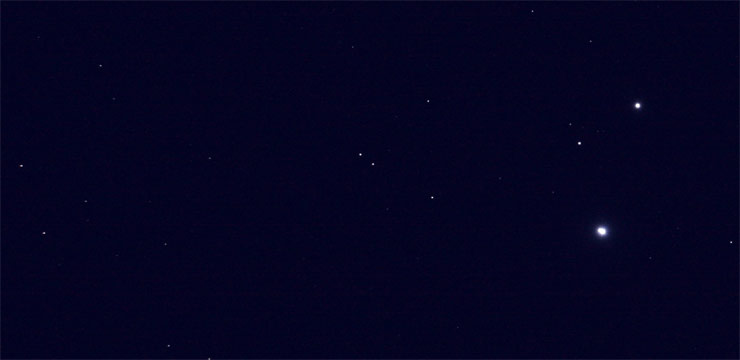The Sky in September
September Constellations & Folklore
By Francine JacksonObserving Projects for September
Some Bright Autumn Double Stars
: By Glenn ChapleSome Bright Summer Double Stars
: By Glenn ChapleA Selection of Double Stars in Draco
: By Glenn ChapleA Selection of Double Stars in Andromeda
: By Glenn Chaple



